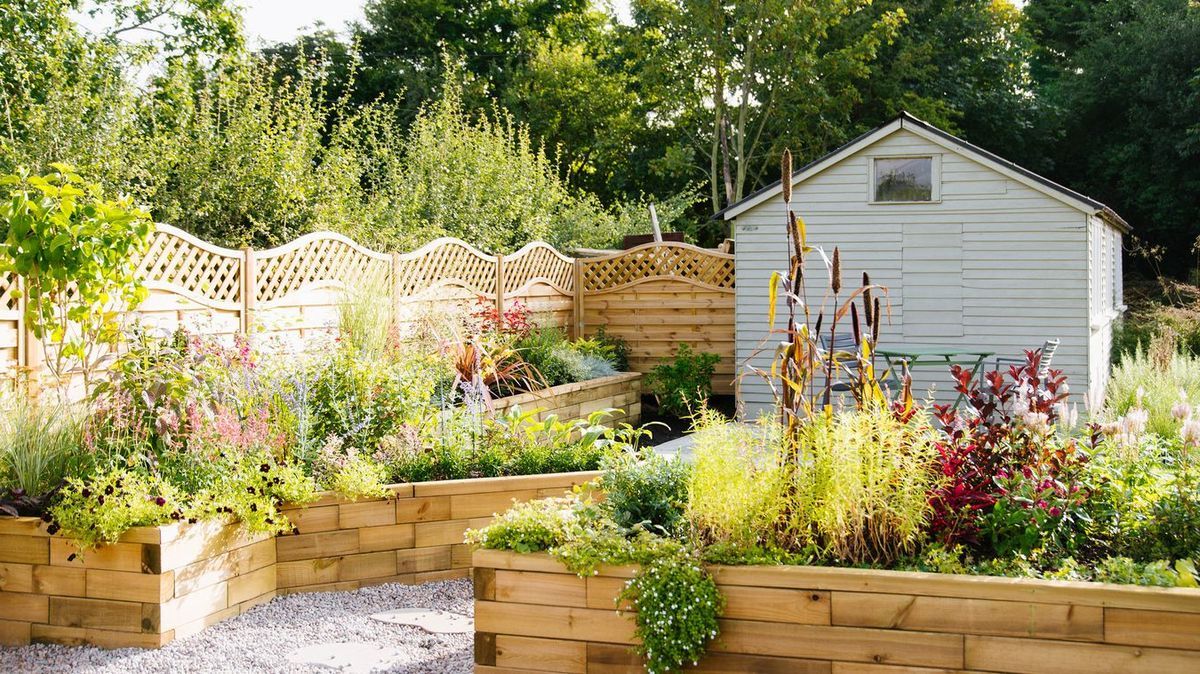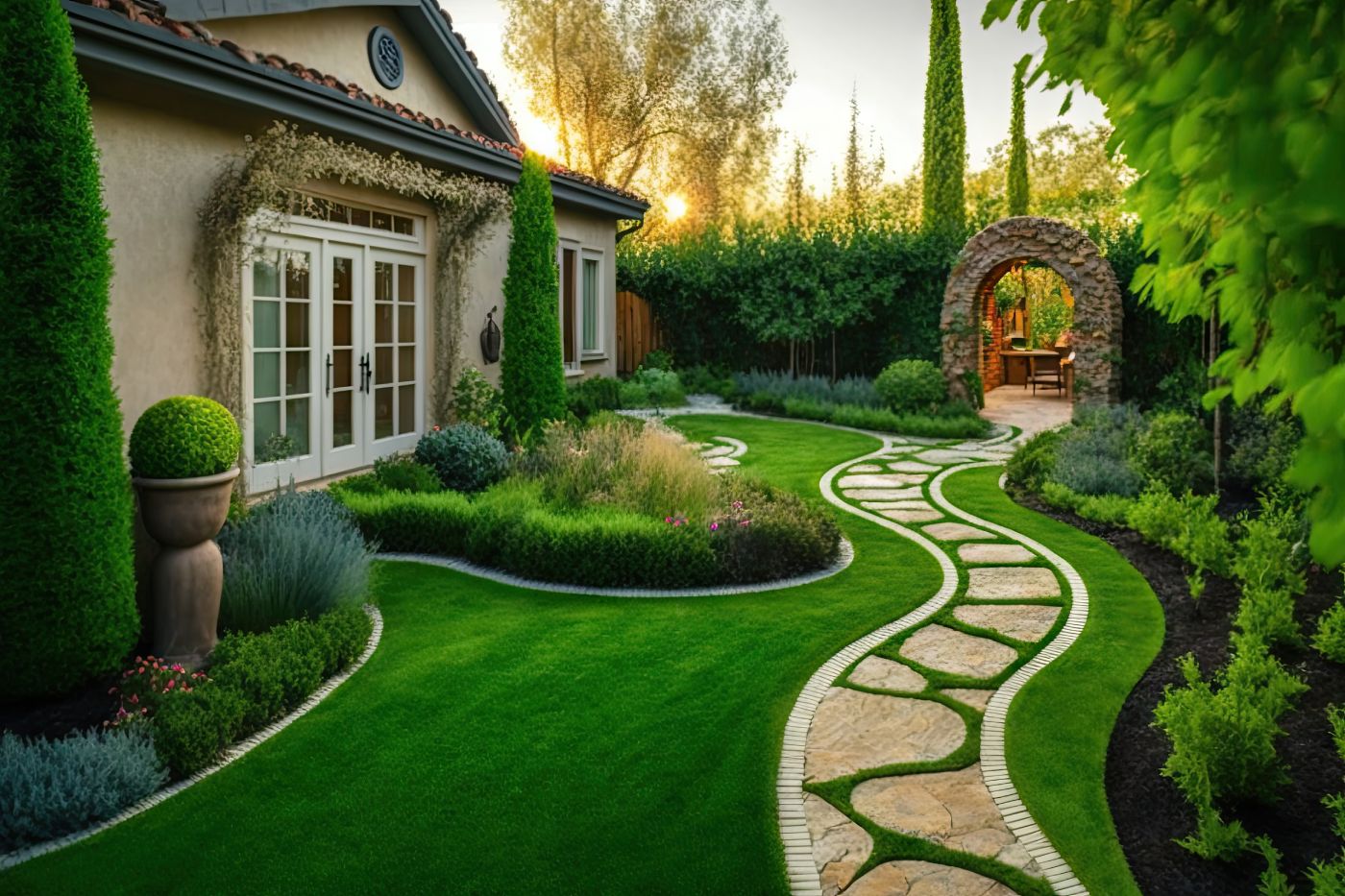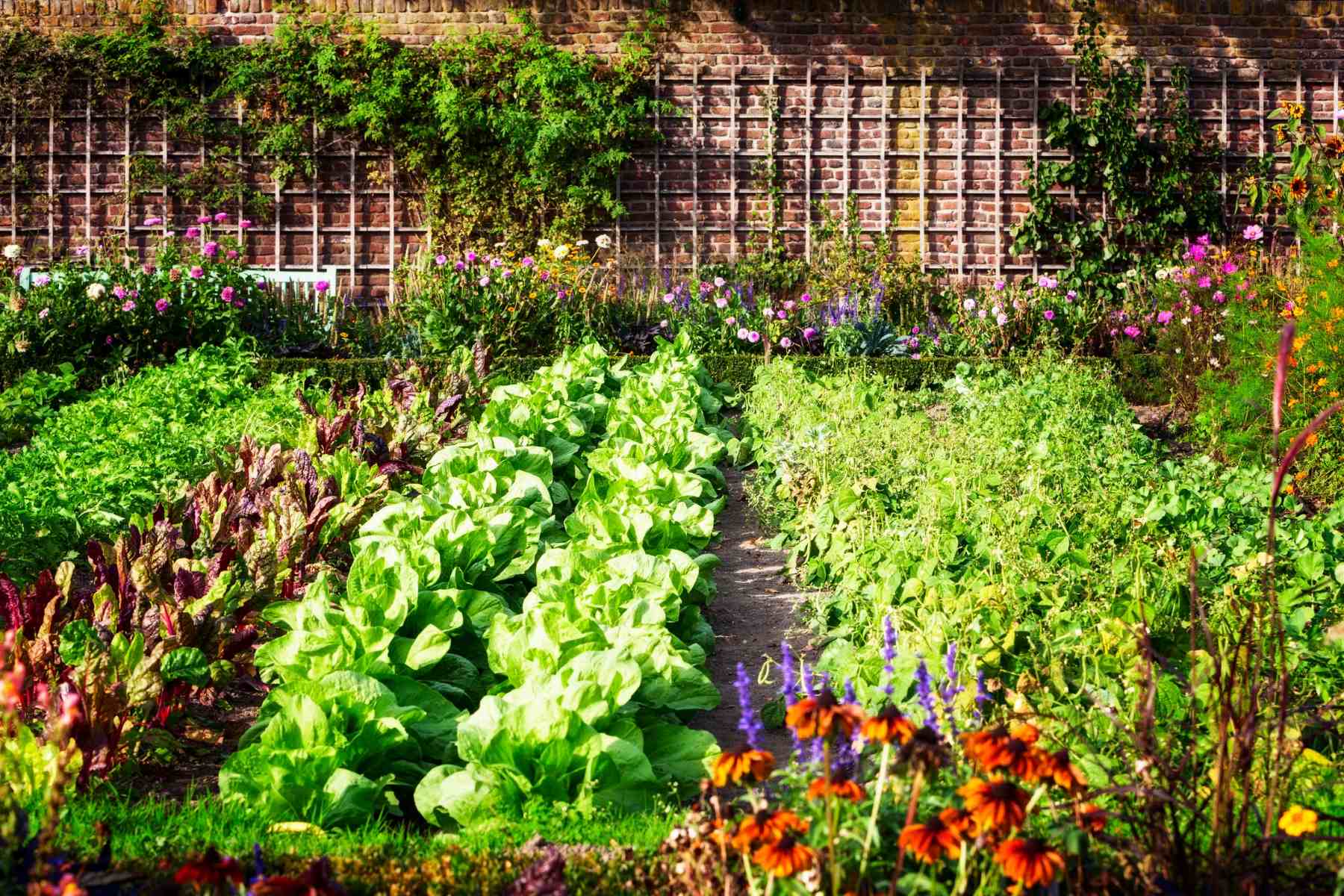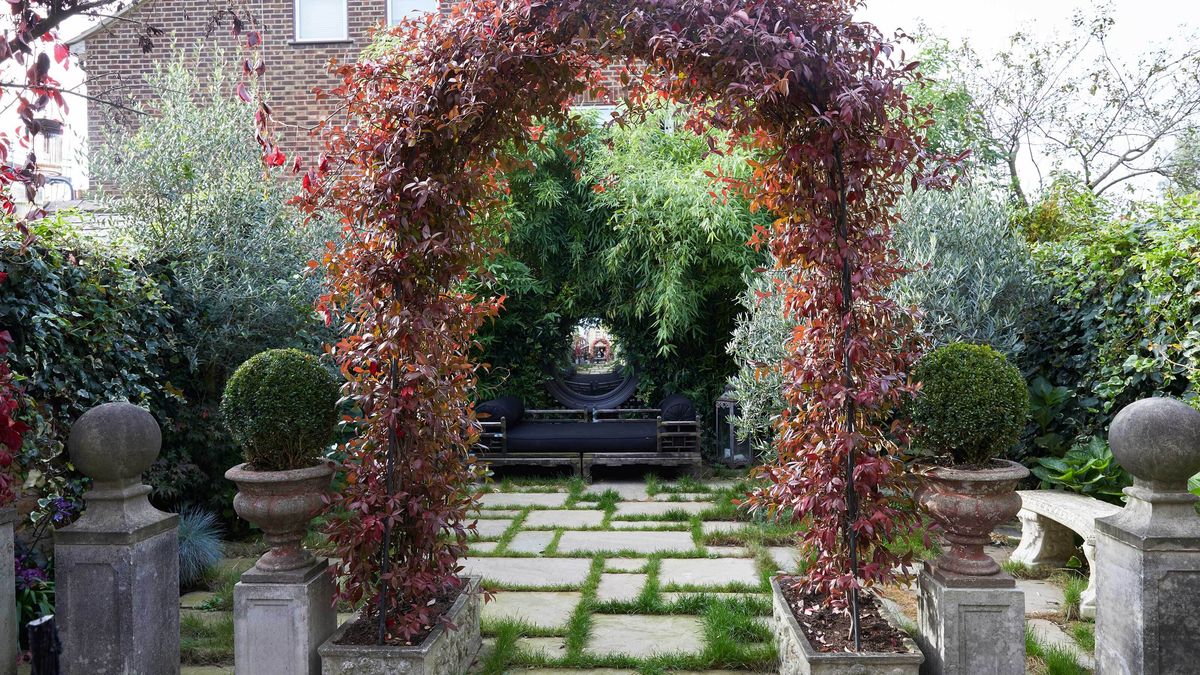Home>Ideas and Tips>How To Design A Low-Maintenance Landscape


Ideas and Tips
How To Design A Low-Maintenance Landscape
Published: August 28, 2024
Learn how to design a low-maintenance landscape with our expert tips on plant selection, water-saving techniques, and smart gardening technologies.
(Many of the links in this article redirect to a specific reviewed product. Your purchase of these products through affiliate links helps to generate commission for Storables.com, at no extra cost. Learn more)
Designing a low-maintenance landscape is a great way to create a beautiful and functional outdoor space without the high upkeep costs. Whether you're a seasoned gardener or a beginner, these tips will help you create a stunning and easy-to-maintain landscape that complements your home and enhances your lifestyle.
Plan Your Space
Before you start planting, it's essential to plan your space carefully. Consider the climate, soil type, and amount of sunlight your yard receives. This will help you choose plants that thrive in your specific conditions and require minimal care.
Assess Your Yard
- Soil Quality: Test your soil to determine its pH level and nutrient content. This will help you choose plants that are well-suited to your soil.
- Sunlight: Determine how much sunlight your yard receives. Different plants have different sunlight requirements.
- Water Availability: Consider the water supply in your area. Some plants are more drought-tolerant than others.
Create a Budget
Set a budget for your landscaping project. This will help you decide on the materials and plants you can afford. Consider both the initial cost and ongoing maintenance expenses.
Choose Low-Maintenance Plants
Selecting the right plants is crucial for a low-maintenance landscape. Here are some tips for choosing plants that require minimal care:
Drought-Tolerant Plants
- Succulents: These plants store water in their leaves, stems, or roots, making them perfect for areas with low rainfall.
- Cacti: Similar to succulents, cacti are known for their ability to survive with minimal watering.
- Grasses: Native grasses are often drought-tolerant and require less mowing.
Evergreen Plants
- Evergreen Shrubs: These shrubs keep their leaves year-round, providing constant greenery without the need for seasonal pruning.
- Evergreen Trees: Some evergreen trees like pine or spruce are low-maintenance and provide shade year-round.
Ground Covers
- Creeping Thyme: This herb spreads quickly and requires minimal watering.
- Vinca Minor: Also known as periwinkle, this plant is hardy and requires little maintenance.
Use Mulch and Compost
Mulch and compost are essential tools for maintaining a healthy and low-maintenance landscape.
Mulch
- Types of Mulch: Organic mulches like wood chips or bark are better than inorganic mulches like plastic.
- Application: Apply a layer of mulch around 2-3 inches deep to retain moisture and suppress weeds.
Compost
- Benefits: Compost enriches the soil with nutrients, improves its structure, and supports beneficial microorganisms.
- Application: Mix compost into the soil before planting or use it as a top dressing after planting.
Implement Water-Saving Techniques
Water conservation is crucial in designing a low-maintenance landscape. Here are some techniques to save water:
Rain Barrels
- Installation: Install rain barrels under downspouts to collect rainwater for irrigation.
- Usage: Use collected rainwater for watering plants instead of tap water.
Drip Irrigation
- Installation: Install drip irrigation systems that deliver water directly to the roots of plants.
- Efficiency: Drip irrigation systems are more efficient than sprinkler systems, reducing water waste.
Maintain Your Landscape Regularly
While a low-maintenance landscape is designed to require less upkeep, regular maintenance is still necessary to keep it looking its best.
Seasonal Tasks
- Spring: Prune shrubs and trees in the spring to promote healthy growth.
- Summer: Water plants regularly during hot summer months.
- Fall: Clean up debris and apply a layer of mulch before the winter.
- Winter: Protect plants from frost and snow by covering them with burlap or bringing potted plants indoors.
Tools and Equipment
Invest in basic gardening tools like a trowel, rake, and pruning shears. These tools will make regular maintenance tasks easier and more efficient.
Consider Smart Gardening Technologies
Smart gardening technologies can help you monitor and manage your landscape more effectively.
Soil Moisture Sensors
- Installation: Install soil moisture sensors in your garden beds to monitor soil moisture levels.
- Usage: Use data from these sensors to determine when plants need watering.
Weather Stations
- Installation: Install weather stations in your yard to monitor temperature, humidity, and rainfall.
- Usage: Use data from these stations to plan irrigation schedules and other gardening activities.
Conclusion
Designing a low-maintenance landscape is not just about choosing the right plants; it's also about creating an efficient and sustainable outdoor space. By following these tips, you can create a beautiful and functional yard that requires minimal upkeep, allowing you to enjoy your outdoor space without the hassle of constant maintenance.
This article provides a comprehensive guide on how to design a low-maintenance landscape. From planning your space to implementing smart gardening technologies, these tips will help you create a stunning and easy-to-maintain yard that complements your home and enhances your lifestyle.
Was this page helpful?
At Storables.com, we guarantee accurate and reliable information. Our content, validated by Expert Board Contributors, is crafted following stringent Editorial Policies. We're committed to providing you with well-researched, expert-backed insights for all your informational needs.















0 thoughts on “How To Design A Low-Maintenance Landscape”